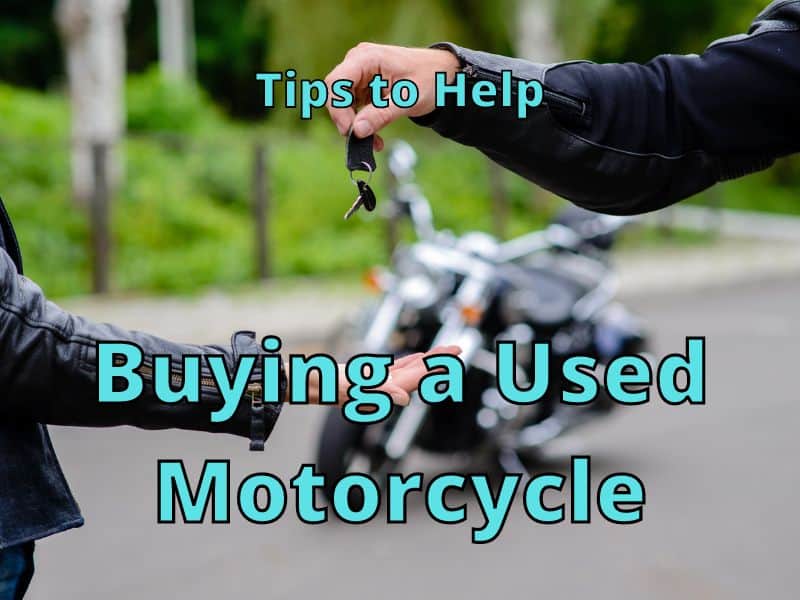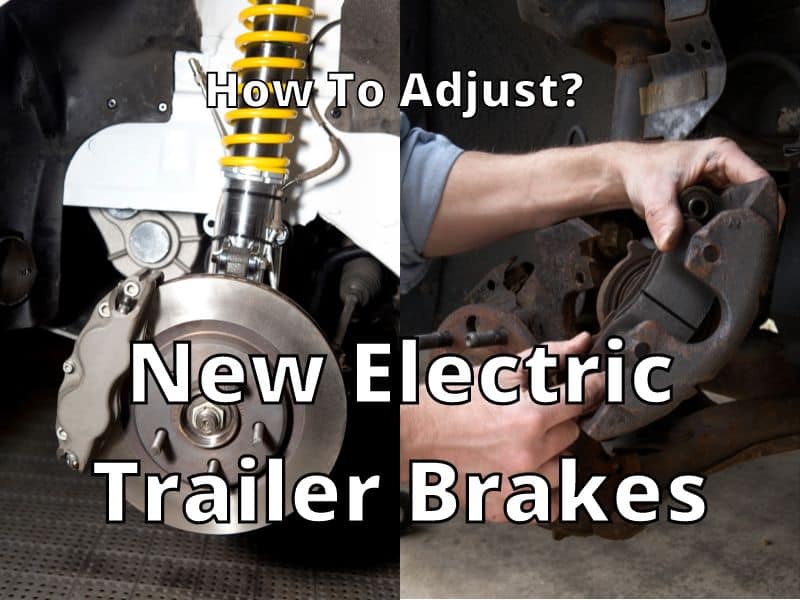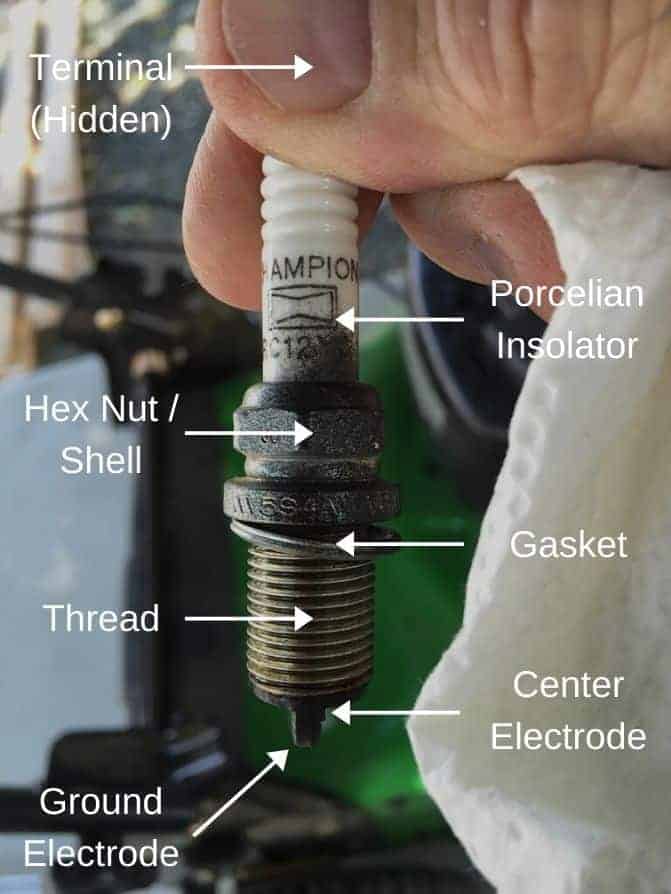When I get my oil changed, I usually go to a Jiffy Lube or a dealership service center. They almost always do a great job, and I just have to wait a short period for my car to get serviced. But I never think much about the specific type of oil I need.
The oil you should use for your car can be found in the driver’s manual, various places online, in auto stores, and in service centers. Using the correct oil is important for the maintenance of your car and for optimal performance.
The specific oil you need for your car can be different than that of other car models. If you are looking for oil to do an oil change on your car yourself, make sure you get the right type for your car and sometimes for the climate you live in as well.
Have you thought about what happens when you turn the key on your car? How does the car get started in less than a second? Just like our body converts food into energy, the car engine converts fuel into energy. This process of converting gas into energy is called internal combustion.
Power is generated by the small but controlled explosions in your car’s engine cylinder. This power is used to keep your car moving. The Engine parts are constantly in motion during this generation of power.
Why Use Engine Oil?
It’s quite natural that the Engine parts are exposed to wear due to this rigorous movement. That’s exactly where the role of engine oil becomes so very critical.
Engine oils are extensively used as a lubricant to reduce friction between moving engine parts. When the engine parts are completely lubricated, they slow down the wear and tear of Engine parts and thus protect them. It is quite obvious that it’s very important to choose the best oil for my car to improve my engine performance.
Other advantages of using Engine oil are that it keeps the engine clean by avoiding settling sediments, and it helps increase the life of the engine by providing smooth movement of Engine parts. Again, the question will be how I can decide on the best diesel engine oil or the best petrol engine oil. Before discussing that, let’s discuss the different types of Engine oils available.
Types of Engine Oils

Next time you change the oil in your car, keep in mind that there are different types of engine oils available: Conventional, Synthetic, Synthetic Blend oil, and high Mileage oil. Let’s get to know the features of each type.
- Conventional Oils: Conventional oil is derived from Petroleum, and it includes crude oil, natural gas, and condensates. This is less expensive than the other oils available. Conventional oil can be formulated in different viscosity grades and quality levels based on the need.
- Synthetic Oils: Synthetic oil molecules are of uniform shape, have better properties, and are better in quality than conventional Oil. It has fewer impurities and has better performance in high and low temperatures. It does not evaporate easily and provides better performance.
- Synthetic Blend Oils: Synthetic Blend oils are a mixture of mineral oil and synthetic oil, also called as Semi-Synthetic oils. The Properties of Synthetic blend oil is comparatively high at low temperature and gives higher resistance to oxidation. This kind of oil is highly recommended for heavy-load trucks and SUVs.
- High-Mileage Oils: High Mileage oil is specially formulated for late-model vehicles or new-model vehicles with an odometer of up to 75,000 miles. These types of oils will extend the performance life of engines and will slow down the aging process of engine parts. Engine leaks and deposits are also reduced by using high Mileage oils.
Now that you have understood the different types of oils available, the next question is which type of oil you select for your car. There are some easy steps to figure it out.
Oil in Your Engine

The right oil for your car is selected by your car manufacturer. They know exactly what oil is best for your car model. Your car manuals will specify the recommended oil types that go well with your car model.
The oil should also be the correct viscosity, which may be based partially on the climate where you are located, whether you are in a cold or warm area. If you are not sure which oil you should use, search the internet, ask your car dealer service center, or a local automotive shop. They can usually help you find out.
It is very important that you choose the oil with the right thickness because using oil that is too thick or too thin will not give the necessary protection, and this will cause damage to your Engine. The car manual will also specify the alternative weight oil in case the recommended one is not available.
The automaker will list the different quality standards in the manual; SAE (Society of Automotive Engineers) and API (American Petroleum Institute). You need to choose the one that matches your manual by verifying the standards listed on the oil bottle.
Read the Label on the Oil Containers

The labels of oil containers specify the SL rating (service) and SAE (Society of Automotive Engineers) viscosity numbers. Next time you change the oil in your car, read the label to understand the compatibility with your car model and whether the oil has passed the tests listed for service as per the expected standards.
Viscosity Number
The next parameter to focus on while selecting the right oil is Viscosity. Viscosity refers to the thickness of the oil. Oils become thin when heated and thick when cooled. Since a certain amount of thickness is required to lubricate the engine parts, choosing the oil with the right viscosity is very critical.

To check the ideal oil viscosity for your car, check the manual to understand the recommendations. If you are unable to find the oil with the right viscosity, thinners can be added to modify the thickness, and we can make it suitable for your car engine model.
Additives are chemicals that are added to oils to change their properties. There are many additives available in the market that can be used to modify specific properties of Engine Oils. The common additives are Viscosity index improvers, Detergents, Dispersants, Friction modifiers, Anti-oxidants, and Anti-wear agents.
Remember, you should carefully choose the additives, and the mixing of additives should be done by or under the guidance of a professional. Excessive or low usage of additives will not give the required result. Furthermore, it can cause damage to the entire system.
Online Links
Many online links are available to help you choose the right oil for your cars. By entering the car Engine model and the make of the Engine, suitable suggestions will be given on the engine oils.
When I go to Amazon.com, it allows me to input my car’s make and model, so I can get the correct parts for my car.

Always search well before putting oil in your engine if unsure. You will be able to keep your car healthy for a very long time with regular oil changes and a regular maintenance schedule.
Revised 2/20








































